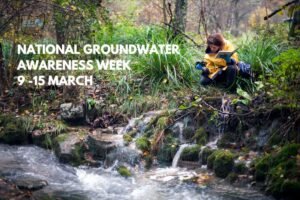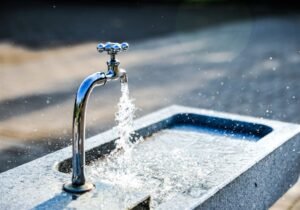Water is essential for life, but how safe is the water you drink every day? While many assume their tap water is clean, hidden contaminants might be putting their health at risk. Ensuring your drinking water safe has never been more critical, especially with increasing pollution, aging infrastructure, and industrial waste affecting water supplies.
The Hidden Dangers Lurking in Your Water
Even if your water looks clear and tastes fine, it could still contain harmful pollutants. Here are some common water quality concerns that could be affecting your health:
1. Unpleasant Tastes & Odors
- Chlorine: Used for disinfection, but can leave a strong chemical taste.
- Metallic Flavors: Often caused by high levels of iron, copper, or lead.
- Musty Smell: A sign of bacterial contamination or algae growth in the water supply.
2. Harmful Contaminants
- Lead & Heavy Metals: Old pipes can leach lead and other dangerous metals into drinking water, which is especially harmful to children and pregnant women.
- Pesticides & Herbicides: Agricultural runoff can introduce harmful chemicals into the water supply.
- Industrial Pollutants: Factories and industrial sites may contribute hazardous byproducts, affecting water safety.
- Microplastics & Forever Chemicals: These are increasingly found in tap water and have been linked to long-term health risks.
3. Invisible Impurities
- Bacteria & Viruses: Contaminated water sources can carry harmful pathogens, leading to illnesses.
- Nitrates & Fluoride: While some minerals are beneficial, excess levels can pose health concerns.
Why Water Testing is More Important Than Ever in 2024
Recent studies have found that many water supplies contain contaminants above recommended health limits. Aging infrastructure and growing industrial waste contribute to worsening water quality. Testing your water is the only way to truly know if your drinking water is safe.
How to Ensure Your Water is Safe
- Get a Professional Water Analysis: Have your water tested for harmful contaminants.
- Install a Water Filtration System: Whole-house filters, under-sink filters, or countertop purifiers can remove dangerous pollutants.
- Use a Water Softener if Needed: Hard water can cause scaling in pipes and reduce appliance efficiency.
- Stay Informed: Check local water quality reports and stay updated on potential contamination.
Contact Us for a Free Water Analysis
Don’t take chances with your family’s health. A free water quality test can help you understand what’s in your water and how to improve its safety.
📞 Call us today to schedule a free consultation! Let’s make sure your water is clean, pure, and safe for your family.
For more information on national water quality standards, visit the EPA’s website.
FAQs
1. How often should I test my water?
It’s recommended to test your water at least once a year, especially if you rely on well water.
2. What are the signs that my water may be contaminated?
Signs include unusual tastes, odors, discoloration, and sediment in your water.
3. Can boiling water remove all contaminants?
Boiling kills bacteria and viruses but does not remove heavy metals, chemicals, or microplastics.
4. What is the best water filtration system?
It depends on your water quality. A professional water test can help determine the best solution.
5. Is your drinking water safe?
Many people assume their tap water is safe, but contaminants like lead, pesticides, and bacteria can still be present. The best way to ensure your drinking water is safe is through regular water testing and using a reliable filtration system if needed. Always check local water quality reports and take action to protect your health.
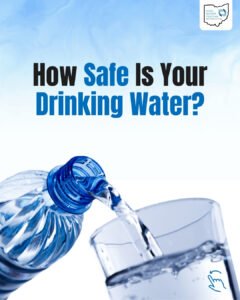
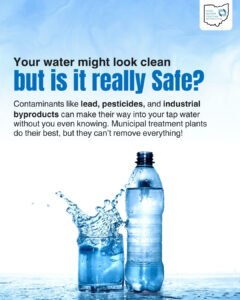
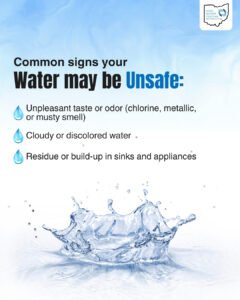 >
>



